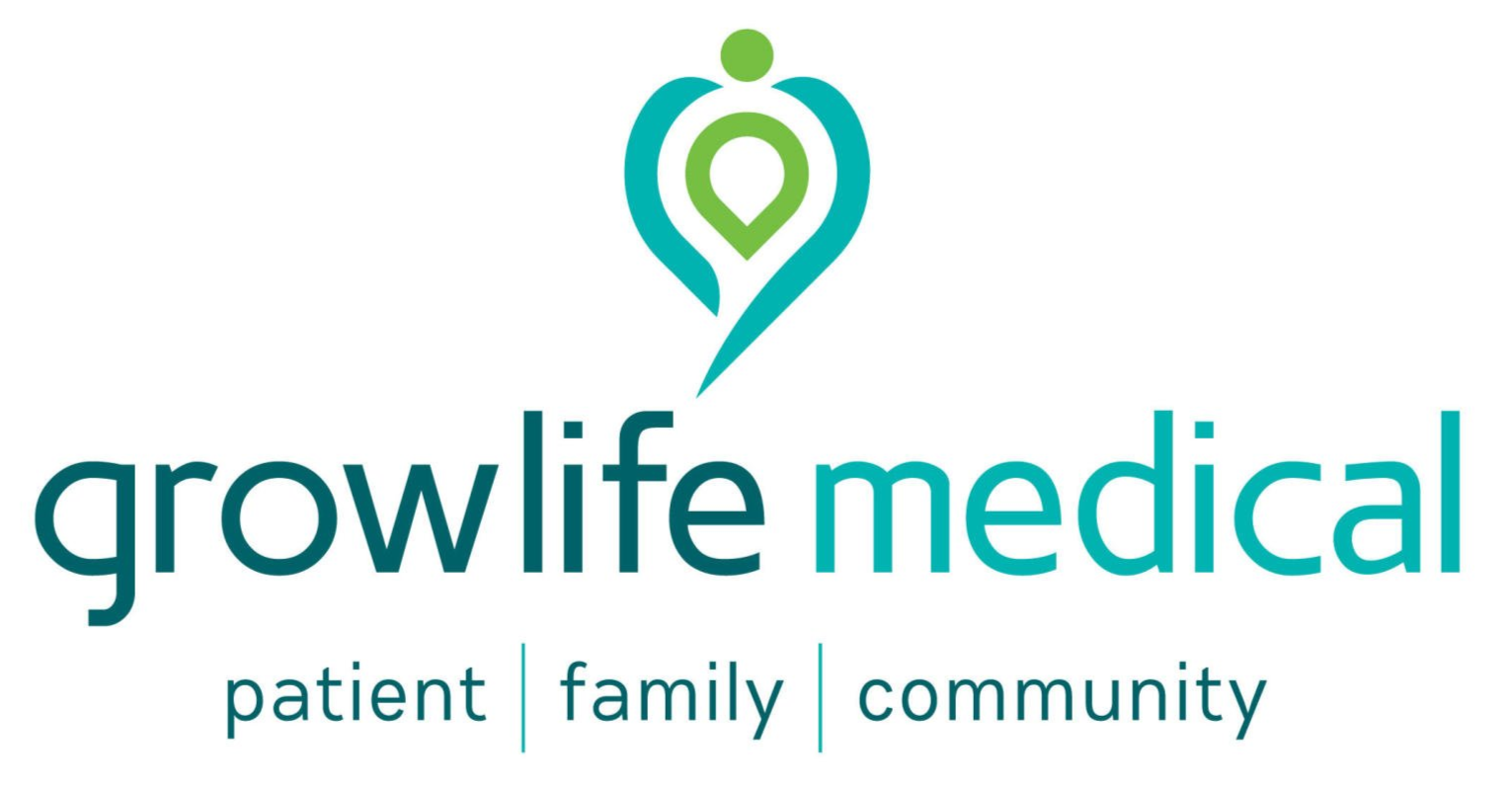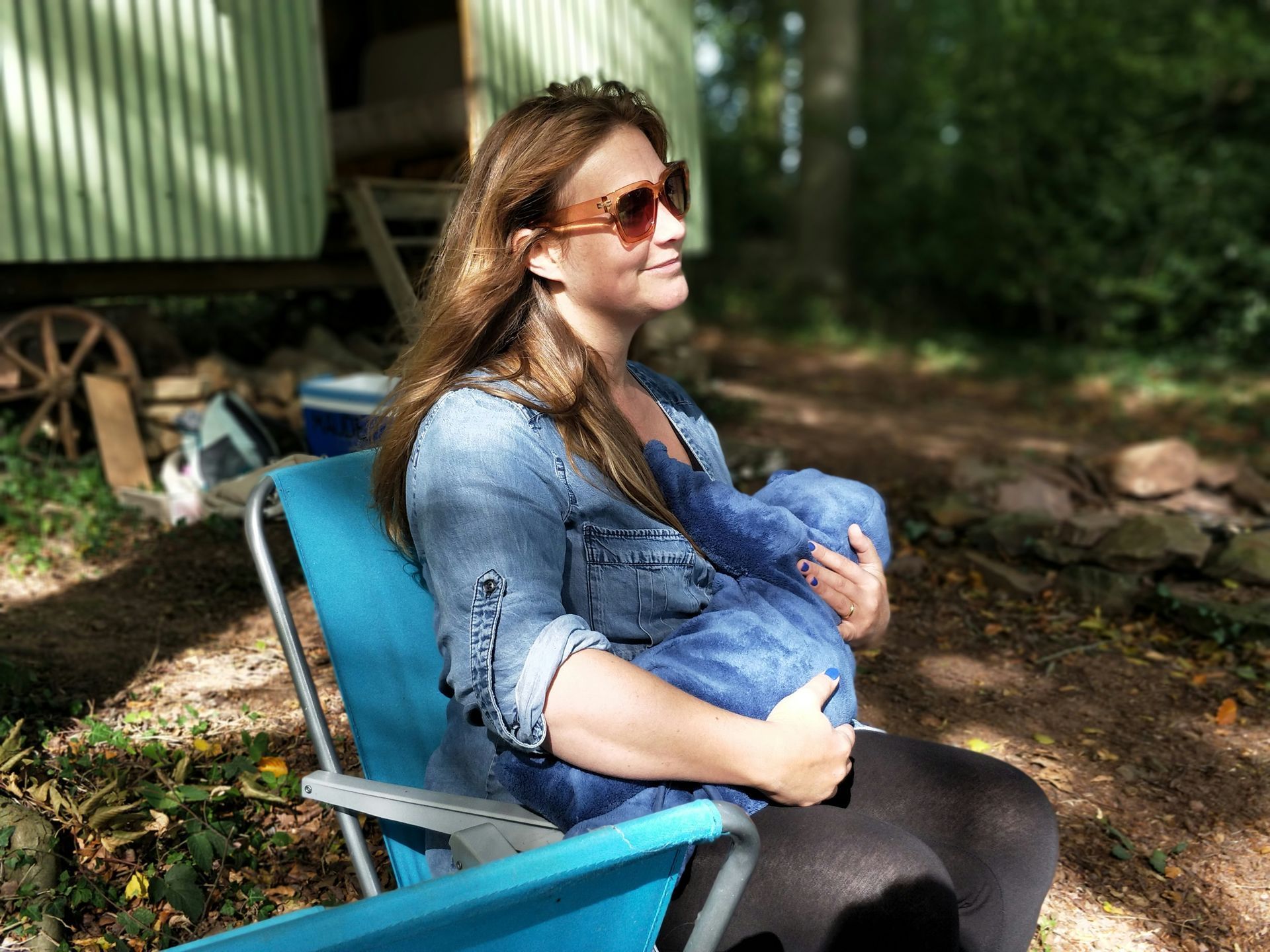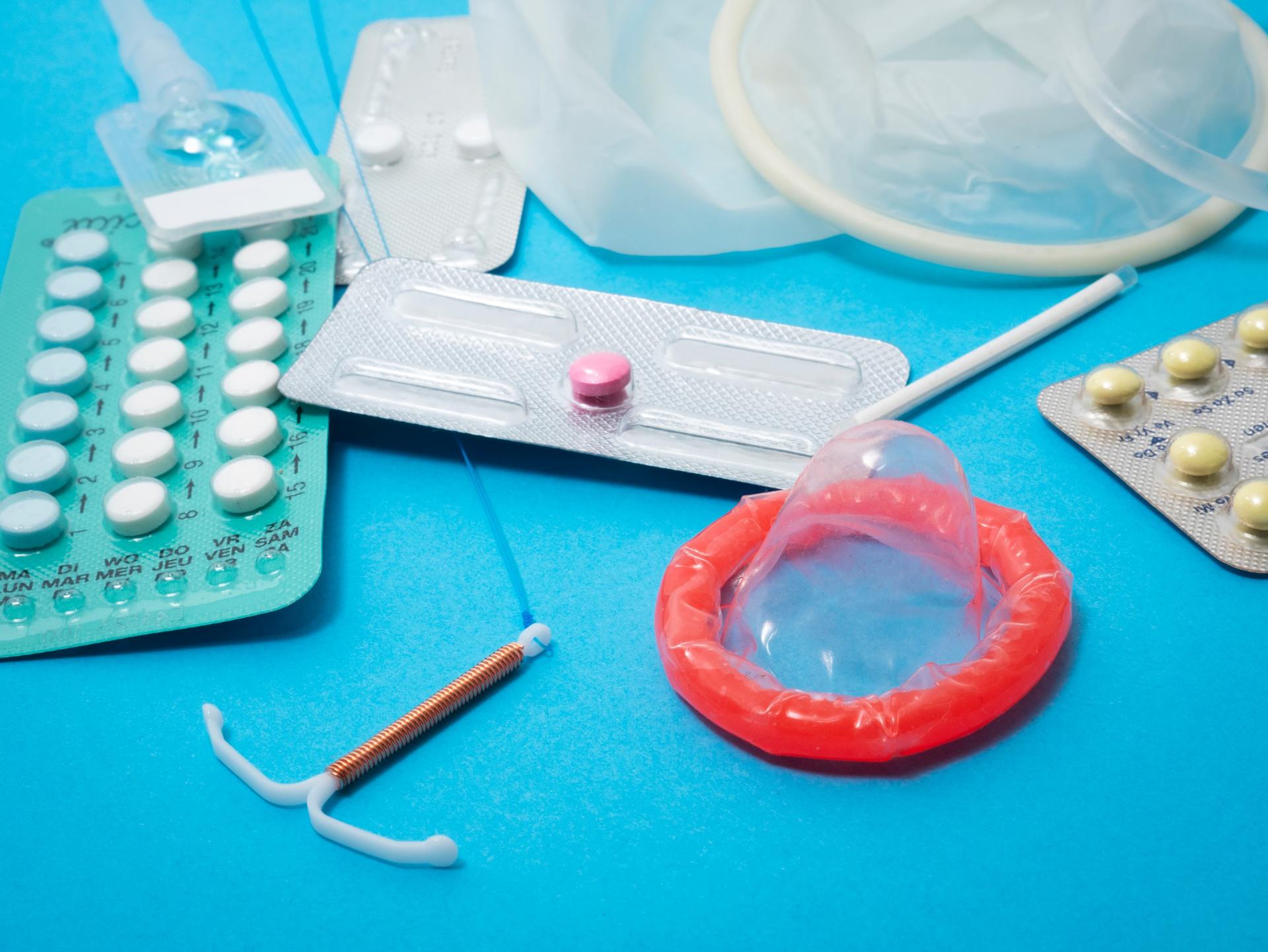Lactation Induction
Dr Sonja Morgan
Lactation induction is a process of encouraging your body to produce milk without carrying a pregnancy. This process is increasingly being done in situations where babies come into families through ways such as surrogacy or adoption and in LGBTQIA families.
The lactation induction process takes anywhere between one to six months. Usually, the longer that we have to prepare, the higher the chances are of producing more milk. The process is done in two phases.
In the first phase, hormones are taken to “mimic” a pregnancy. These hormones tell your body to start readying your breasts to produce milk. During this time the milk ducts grow and prepare to produce milk, just as they would during a pregnancy. You may notice heaviness and tenderness of the breasts during this time and many people report that their breasts increase around one cup size. The longer that we can stay in this phase (ideally six months), the higher the likelihood of producing significant volumes of milk.
In the second phase, the hormones are withdrawn in order to “mimic” delivering a baby. This tells the breasts to start producing milk quickly in order to feed your baby. At this time, you will need to start pumping, expressing or bringing your baby to the breast at least 8 times a day, including overnight. This phase takes an enormous amount of work and is a large commitment for families.
The results from inducing lactation are highly variable. A minority of people find that they do not produce milk in sufficient volumes to be able to contribute significantly to their baby’s nutrition. A majority of people are able to mixed-feed their baby (breastfeed with bottle top-ups afterwards). A minority of people are able to exclusively feed their babies. The chances of producing larger volumes of milk are generally increased if the person has ever carried a pregnancy before, if they have ever produced milk before and if they are able to spend more time in the first phase.
Lactation induction does not come with a guarantee that any specific volumes of milk will definitely be produced. It varies according to many factors and it is not possible to predict how your body will respond to the process. What it can guarantee is that you can know that you have given your family every possible chance in your quest to produce milk for your baby.
If you are interested in lactation induction, book in to see Dr Sonja Morgan
to see if this process is suitable for you and your family. In the case of general lactation issues, please refer to Growlife Medical's lactation consultant service.

Returning to exercise after having a baby can be daunting, and for many women, they are unsure of where to start or where to seek advice. Like so many other aspects of parenthood, there isn’t a simple rule. There are, however, some fantastic guidelines we can follow to help ensure a safe return to exercise and every day activities. The evidence directs us towards low impact, controlled activity in the first 6 weeks where we are aiming to maximise natural recovery and facilitate healing and gentle strengthening of the pelvic floor and abdominal muscles. Growlife Medical are experienced in caring for you after a pregnancy. P lease contact us today for advice.










